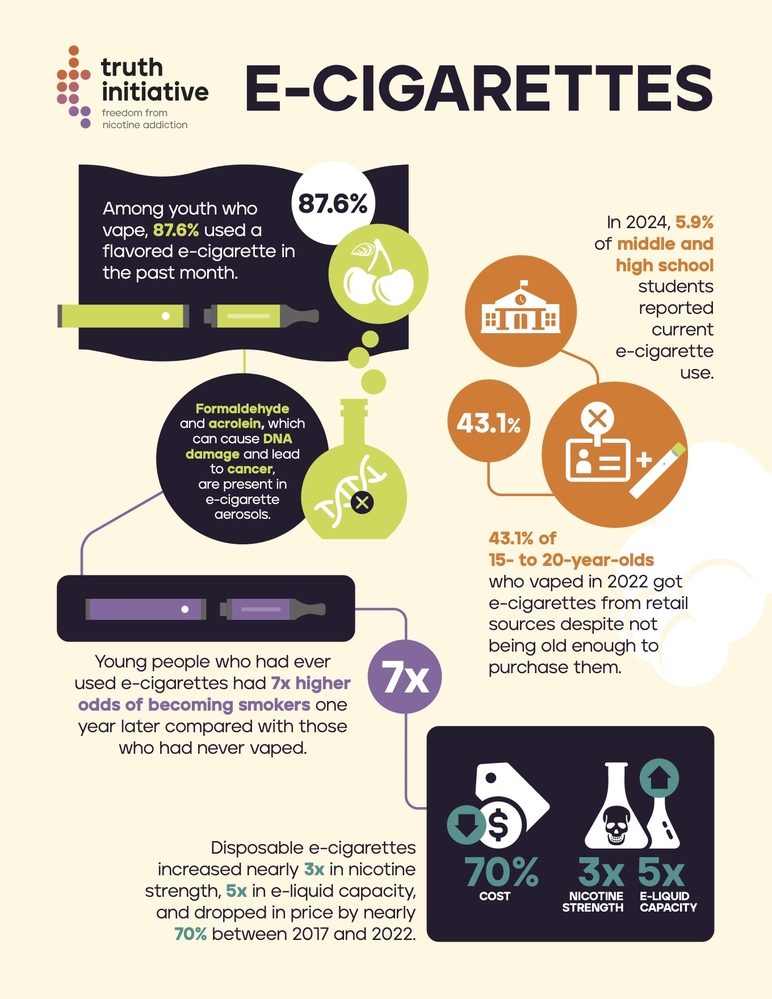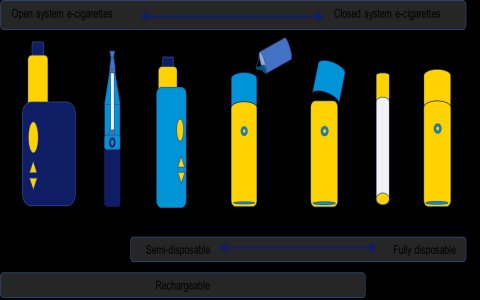Nicotine content in e-cigarettes varies significantly and depends on product type and user behavior. Understanding the units and delivery mechanisms is crucial.
Key Factors Determining Nicotine Intake
- Product Type: Pre-filled pods, refillable tanks, and disposable devices have different nicotine concentrations and delivery efficiencies.
- Concentration: Measured as milligrams per milliliter (mg/mL) or percentage (%). 20 mg/mL equals 2%. Regulations (e.g., TPD in Europe) cap concentrations at 20 mg/mL.
- Type of Nicotine: Freebase nicotine provides a stronger throat hit but slower absorption. Nicotine salts (benzoate) allow higher concentrations with less harshness and faster absorption.
- User Behavior: Puff duration, frequency, and inhalation style significantly impact actual nicotine absorbed.
Actual Nicotine Delivery vs. Labeled Content
The nicotine amount listed on a product (e.g., 5%, 50 mg/mL) indicates the concentration in the e-liquid, not what reaches the user. Aerosolization efficiency varies considerably:

- Open-tank systems typically deliver 30-50% of the labeled nicotine to the aerosol.
- Pod systems like JUUL, using nicotine salts, achieve much higher delivery efficiency (sometimes upwards of 60-80% per puff compared to earlier devices).
For example, a “5% nicotine” pod (59 mg/mL) delivers approximately 1-1.5 mg of nicotine per puff to the user. Compare this to ~1-2 mg absorbed from a conventional cigarette.
Important Considerations
- Addiction Risk: High-nicotine e-cigarettes (especially salts) deliver nicotine rapidly, comparable to cigarettes, leading to strong dependence potential.
- “Nicotine-Free” Claims: Many e-liquids marketed as 0mg nicotine may still contain trace or unlabeled nicotine due to contamination or intentional addition for flavor/throat hit.
- Lack of Standardization: Labels sometimes advertise total nicotine content per device/pod instead of concentration. Always check whether the number refers to mg/mL or total mg.
Ultimately, the actual nicotine intake depends heavily on how the device converts liquid to aerosol and how the user inhales it. Labeled concentrations are a starting point, not the whole story.








